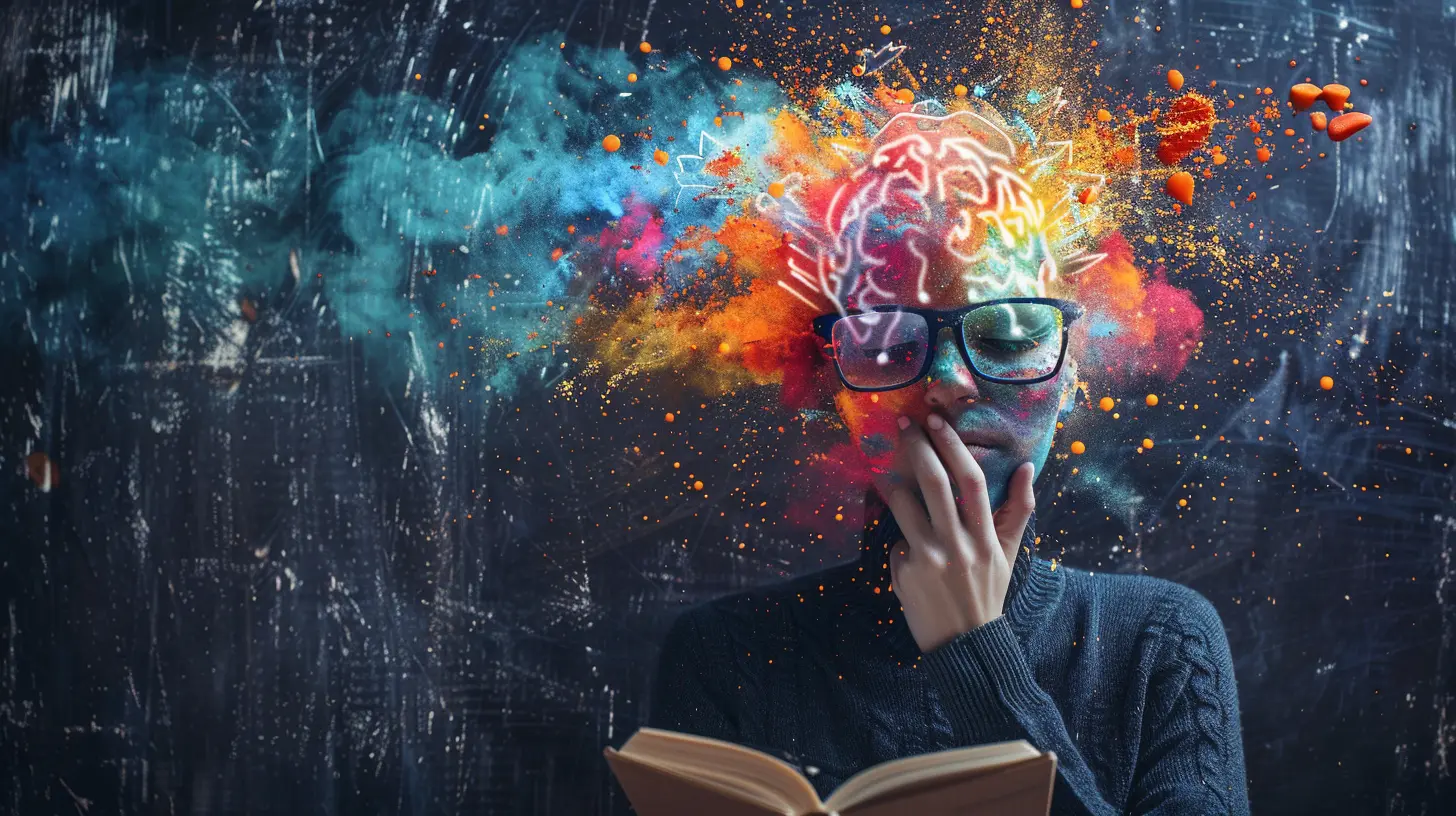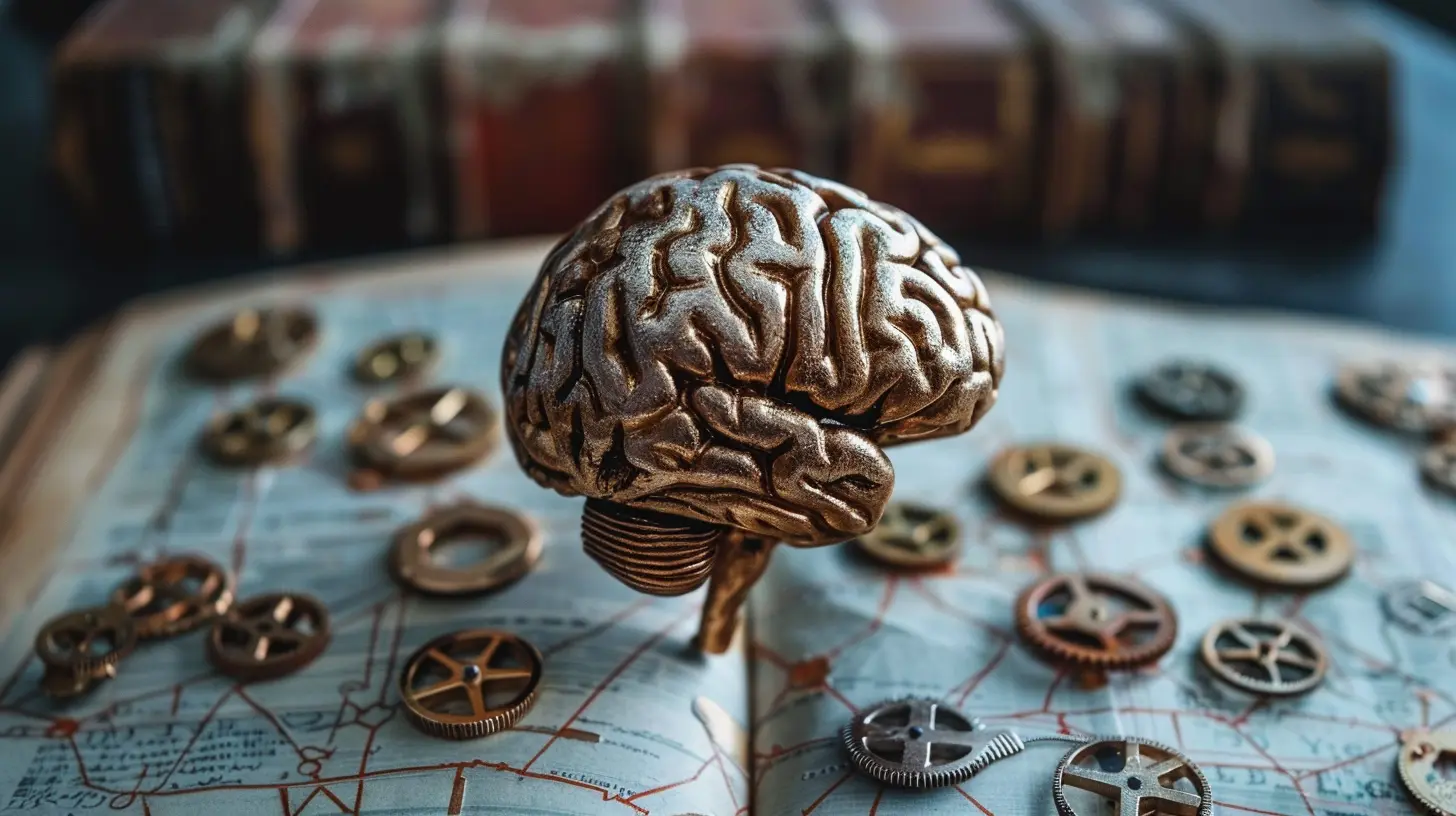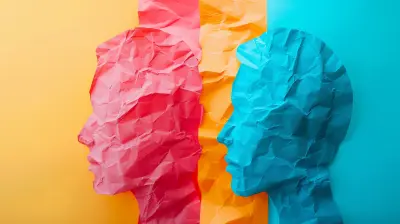How to Use Behavioral Psychology to Enhance Learning and Education
25 July 2025
Ever wonder why some people just get things faster while others struggle? Or maybe you've noticed how a simple pat on the back can make someone actually look forward to studying. It’s not magic — it’s behavioral psychology at work. And when we understand it, we can totally change how we learn, teach, and even how we see ourselves in the classroom or at home.
In this blog post, we’re going to break down how behavioral psychology — the science of how humans act and react — can supercharge learning and make education way more effective. Whether you're a student, teacher, or even a lifelong learner just trying to keep up with AI trends, this one’s for you.
What Is Behavioral Psychology, Anyway?
Let’s start with the basics.Behavioral psychology (also known as behaviorism) is all about how our behaviors are learned. It focuses on the idea that our environment shapes our actions through rewards, punishments, and associations. Think of it like training a dog — but instead of teaching Fido to sit, we’re teaching humans to study, focus, or even love learning.
Some of the big names behind this theory? B.F. Skinner, John Watson, and Ivan Pavlov. Yep, the guy with the salivating dogs.
They figured out that by reinforcing certain behaviors and discouraging others, we can literally shape how people act — including how they learn.

Why Should You Care About This in Education?
Good question. The truth is, we often force kids (and adults!) into cookie-cutter learning systems and expect them to thrive. But that’s not how our brains are wired. Behavioral psychology gives us tools that actually work with how we naturally learn and grow.Teachers can use it to create classrooms that motivate students.
Parents can use it to support homework time without stress.
Students can use it to build better study habits.
Long story short: everyone benefits.
Major Principles of Behavioral Psychology That Impact Learning
Alright, let’s get into the good stuff. Here are the main psychological principles that can dramatically improve learning outcomes.1. Positive Reinforcement
You know that warm fuzzy feeling you get when someone praises your work? That’s positive reinforcement in action.When students get rewarded for doing something right — a high five, a gold star, or even just a simple “good job” — they're more likely to repeat that behavior. Over time, this builds strong habits and confidence.
How to use it:
- Praise efforts, not just results.
- Use small rewards (stickers, extra playtime, or even snacks).
- Be consistent — reinforcement only works when it’s predictable.
2. Negative Reinforcement
Wait, isn’t this just punishment? Nope, they’re totally different.Negative reinforcement means removing something unpleasant when a desired behavior happens. For example, if a student finishes all their homework early, they don’t have to do extra chores — the removal of chores makes them more likely to finish homework again.
How to use it:
- Identify something students dislike (extra assignments, limited screen time).
- Link it to behaviors you want to increase.
- Stay positive—this isn’t about making life harder, just encouraging good habits.
3. Punishment (Use with Caution)
Punishment decreases the likelihood of a behavior happening again. That could be a scolding, a loss of privileges, or a bad grade.But here’s the thing: punishment can be effective short-term, but it doesn’t build deep learning. In fact, it might even make students resentful or anxious.
How to use it (if at all):
- Save it for serious behavior issues.
- Combine with positive reinforcement.
- Never use humiliation or anger—it shuts down learning.
4. Operant Conditioning
Popularized by B.F. Skinner, this principle is about using reinforcement and punishment to control behavior. Everything we just talked about? That’s operant conditioning.In the classroom:
- Create systems that reward attendance, participation, or improvement.
- Use behavior tracking charts or apps with built-in feedback.
- Encourage self-monitoring so students see how their behavior connects to outcomes.
5. Classical Conditioning
Remember Pavlov’s dogs? He rang a bell every time he fed them. Eventually, they started salivating just from the bell.In education, this principle shows how emotions can become attached to certain learning experiences. Hate math? Maybe it’s because you had a terrifying teacher in third grade. Love reading? Maybe storytime was your happy place.
How to use it:
- Create positive associations with learning (music, environment, tone).
- Make routines pleasant and predictable.
- Avoid creating tension or fear around lessons or grades.
Real-Life Examples: Behavioral Psychology in Action
Let’s make this ultra-practical. Here are some ways these concepts work in real classrooms or homes.1. Sticker Charts for Young Kids
Every time your child finishes their reading homework, they get a sticker. After 10 stickers? A reward of their choosing. This builds consistency, motivation, and a sense of accomplishment.2. Gamified Learning Platforms
Apps like Duolingo use positive reinforcement like streaks, badges, and leveling-up systems. You’re being behaviorally conditioned, and you didn’t even realize it.3. “No Homework Pass”
Finish three assignments on time and earn a “no homework pass” — that’s negative reinforcement at work. Students finish things early to avoid more work later. Win-win.4. Behavior Contracts for Teens
These are mutual agreements where students take responsibility for their behavior. If they follow through, they get rewards. If not, certain privileges are removed. It’s behavior modification in a grown-up format.Self-Regulated Learning: Training the Brain from Within
Eventually, the goal is to go from outside rewards (extrinsic motivation) to inside ones (intrinsic motivation). That’s where self-regulated learning comes into play — teaching learners to coach themselves using behavioral tools.Tips for Encouraging Self-Regulated Learning:
- Set clear goals: “Study 20 minutes without checking my phone.”- Track progress: Use journals or habit apps.
- Reward yourself: Netflix episode after a study session? Totally fair.
- Reflect: Ask yourself what worked and what didn’t.
Over time, the brain starts linking learning with satisfaction, control, and even joy.
The Role of Feedback in Learning
Behavioral psychology also teaches us that feedback matters — a lot.Great feedback is:
- Immediate: Don’t wait days to let someone know how they did.
- Specific: “Great job explaining your answer!” beats “Good work.”
- Constructive: Point out what to improve and how.
In fact, fast and clear feedback is one of the fastest ways to boost learning. It helps learners adjust, stay motivated, and feel seen.
How Teachers Can Use Behavioral Psychology
Teachers, listen up! This stuff can transform your classroom vibe.Use These Behavioral Hacks:
- Set classroom rules with clear consequences (and follow through!).- Celebrate improvements, not just high scores.
- Build routines that trigger learning behavior (like a daily warm-up activity).
- Incorporate breaks and movement to reset focus and reduce disruptive behavior.
Engage your students emotionally as well as cognitively, and you’ll see more smiles and better test scores.
Parents, You’ve Got a Role Too!
Parenting is teaching — minus the lesson plans.Use what behavioral psychology teaches:
- Create a structured study space with minimal distractions.
- Offer small rewards for focused time (even a timer game can help!).
- Say “I’m proud of how hard you worked,” not just “You’re so smart.”
You’re shaping your child’s beliefs about learning every day. No pressure (okay, maybe a little).
Final Thoughts: It’s All About Small Wins
At the end of the day, behavioral psychology isn’t about tricks or manipulation. It’s about understanding how people function, what motivates them, and how to create an environment where learning feels rewarding — not like a daily grind.Whether it's in school, at home, or in your own self-directed learning, the little behavioral tweaks you make today can lead to big changes tomorrow. So go ahead — give yourself (or your students) a gold star. You’ve earned it.
all images in this post were generated using AI tools
Category:
Behavioral PsychologyAuthor:

Gloria McVicar
Discussion
rate this article
1 comments
Porter Pope
Behavioral psychology offers profound insights into learning dynamics, emphasizing the power of reinforcement and motivation. By understanding the nuances of behavior, educators can tailor strategies that not only enhance engagement but also foster a deeper, intrinsic love of learning. Ultimately, it’s about cultivating an environment where curiosity thrives and potential unfolds.
August 23, 2025 at 2:29 AM

Gloria McVicar
Thank you for your insightful comment! I completely agree that leveraging reinforcement and motivation can significantly enhance engagement and foster a love of learning in educational settings.


